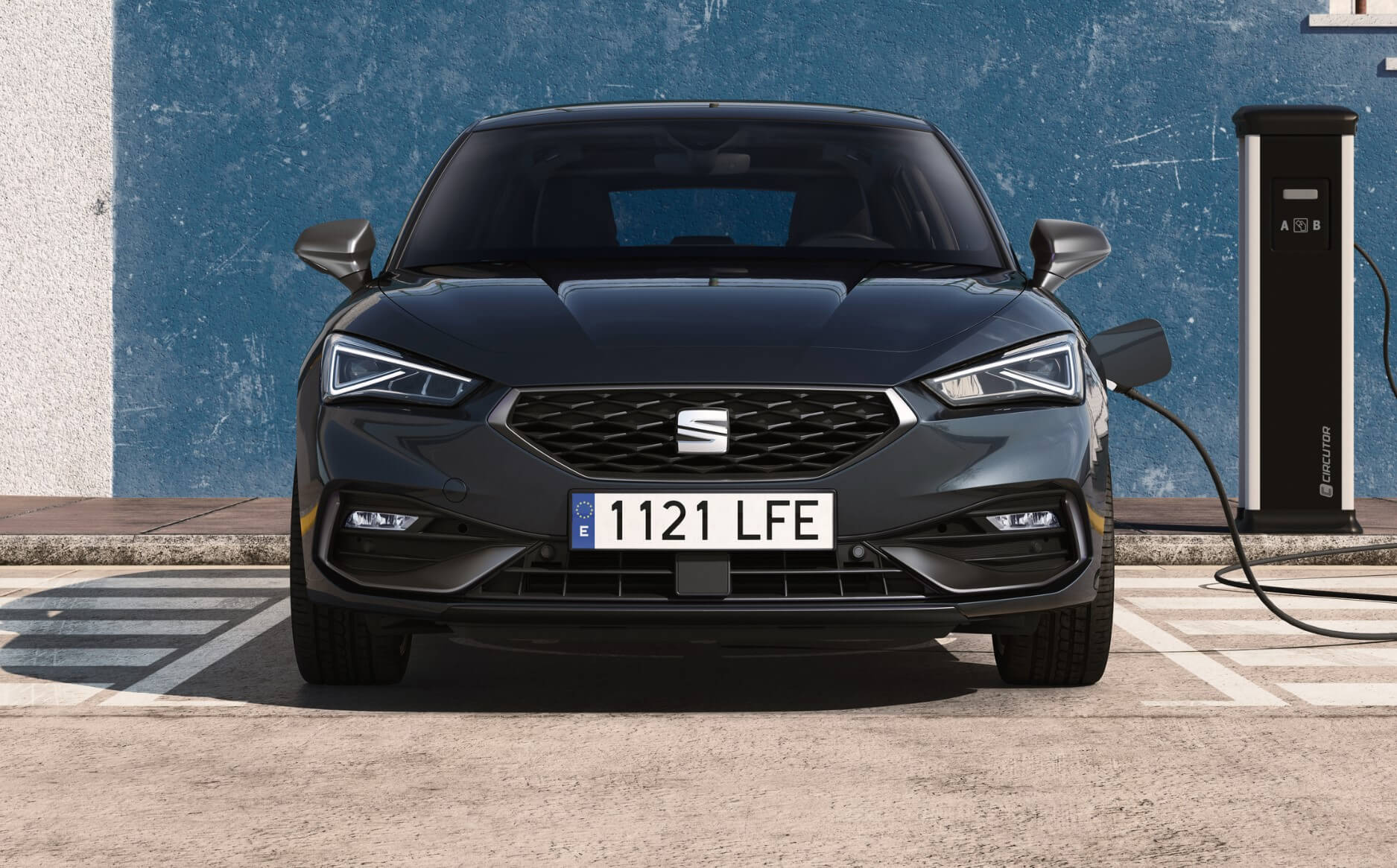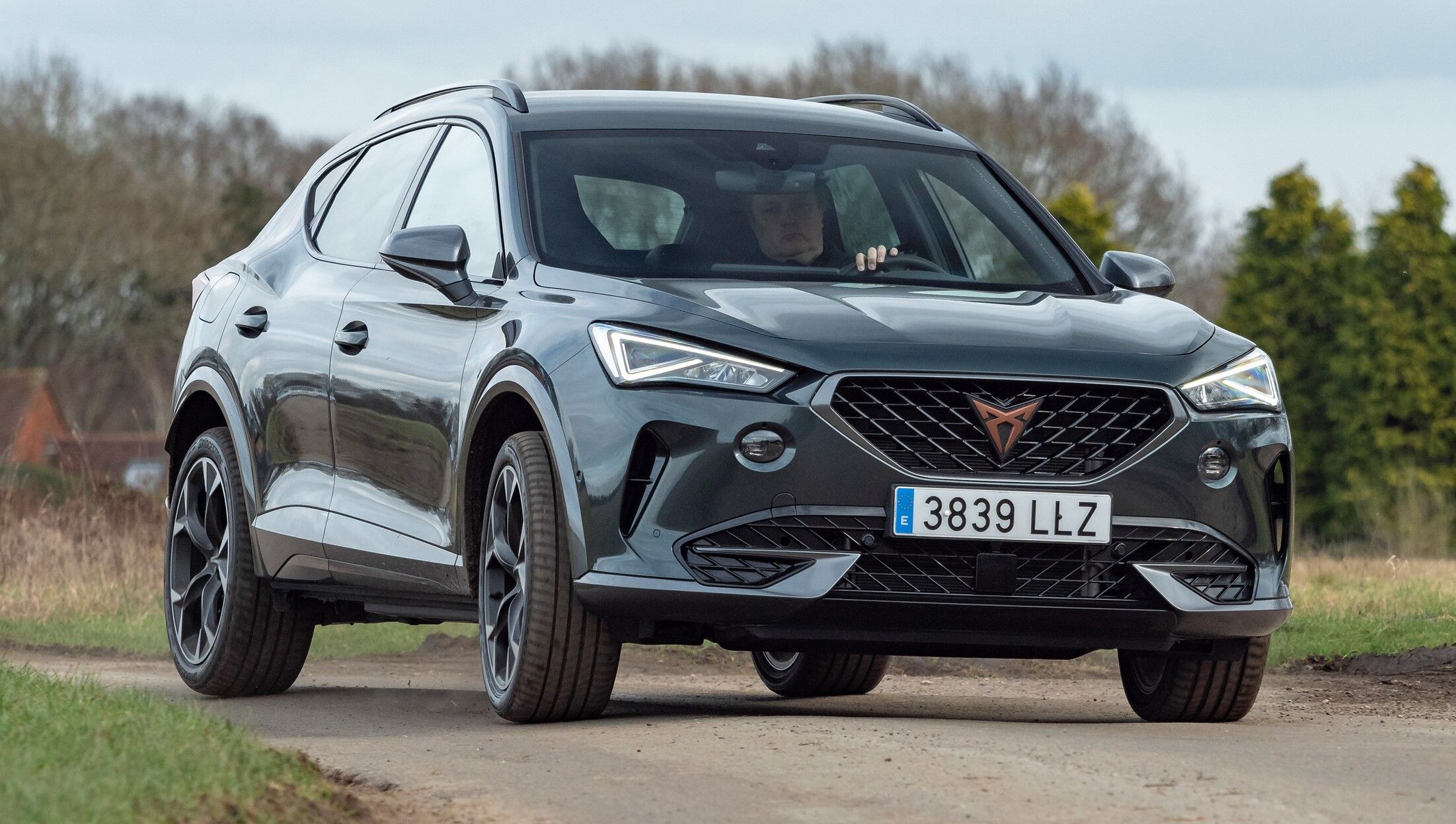While Seat’s sibling brand Cupra is forging ahead at a rapid pace, Seat still has a future and won’t be axed.
The future of Seat is safe for the time being, despite being unprofitable and positioned alongside the meteoric rise of its sibling brand Cupra. Seat chairman and Volkswagen CEO Thomas Schäfer told Automotive Daily Network partner Autocar: “We are not killing Seat. We just need to decide on its future.”
The Volkswagen Group-owned Spanish brand enjoyed much success with models such as the Seat Ateca and Seat Leon but it has been struggling in recent years while the more expensive, higher-margin Cupra line-up has been a triumph. Seat had a brief stint in Australia from 1995 to 1999, and even mulled a comeback tour, but it is Cupra that’s now offered locally.
Seat’s European sales dropped 45 per cent in July and 42 per cent in August year on year, because it appears last in the queue at the VW Group for semiconductor supply. It has no electric cars on sale, a stark contrast to the rest of the group.
While Schäfer insisted Seat will continue, he also said: “Cupra is the future of Seat. Cupra is the reinvention of Seat going forward. Cupra will move much faster into electrification.
“We are still working on a plan for Seat. It is fine until 2028 or 2029. It’s an entry-level brand for young customers. It really plays to Europe, particularly Spain, UK and Austria.”
One idea for its future mentioned by Schäfer is as a mobility brand. This would ensure Seat neatly fitted into the broader VW Group line-up while not conflicting with other marques, namely Skoda.
Seat is already testing the water in the mobility space, having showcased its Renault Twizy-esque Minimo, plus a number of electric scooters such as the Mo 125.
Meanwhile, Cupra “is not a volume player” said Schäfer, but has “a sharp positioning” within the group, appealing to a more “rebellious, young audience”.
Rachel Burgess





